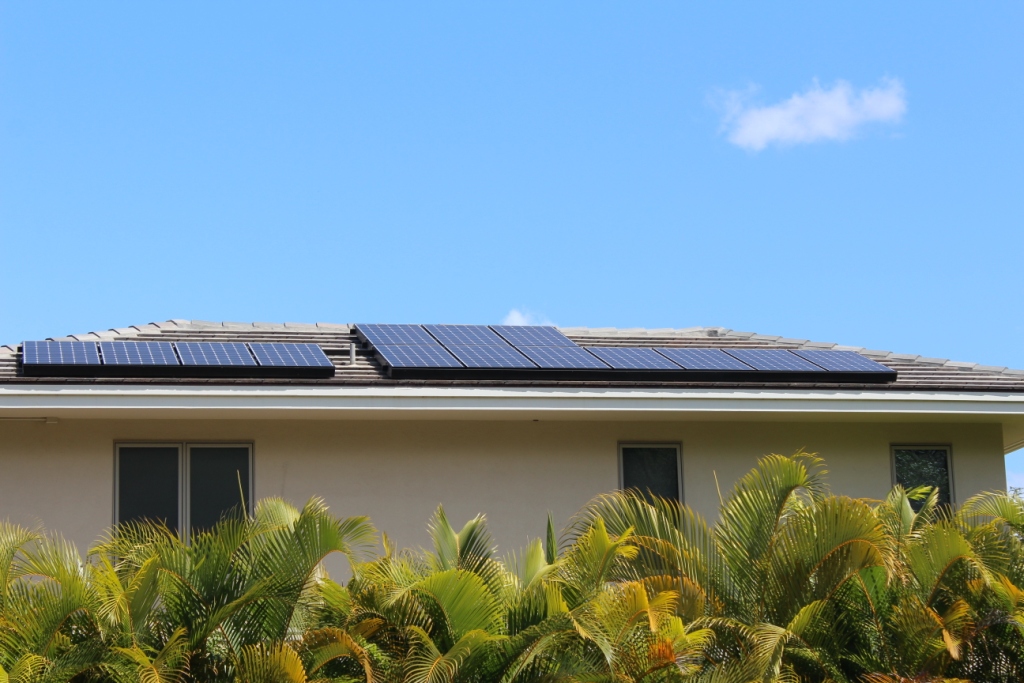Energy Tax Credit: Don’t Leave Money on The Table
1 Comment | Posted by armchairbuilder in Great Products, Save Money
It’s tax season again. Uhg. There are a couple of words we all like to hear from our accountant this time of year, “credit” and “refund“. So, we thought we would give you a quick overview of some of the incentives available for home energy improvements. This might help you save a few bucks on last year’s taxes and help you plan for new improvements to your home this year. Keep in mind, each item listed below is a federal energy tax credit. Check with your state for any energy tax credits or deductions they might have.
Energy Tax Credit #1: Section 25C: Qualified Energy Efficiency Improvements
This is only good for improvements placed in service between January 1, 2011 and December 31, 2011. So if you haven’t made your improvements yet, you can skip this section.
- 10% energy tax credit for the purchase of qualified energy efficiency improvements to existing homes
- you can only claim this credit if you haven’t claimed it in prior years
- maximum is $500 total and no more than $200 of this energy tax credit can be for windows
- building envelope components (labor can’t be included): Insulation(must meet the criteria set in the 2009 International Energy Conservation Code). The rest must meet Energy Star requirements: Windows, exterior doors (including storm doors), cool roofs, skylights,…etc.
- must be owner’s principle residence
- energy efficient property specific credits: $50 for advanced main air circulating fan, $150 for each qualified natural gas, oil or propane furnace or hot water boiler, $300 for each energy efficient building property (includes specific heat pumps, central air conditioners, water heaters, and biomass fuel property)
Energy Tax Credit #2: Section 25D: Solar, wind, geothermal, and fuel cell
- 30% energy tax credit (30% of cost) is good through tax year 2016
- applies to existing and new homes (solar, wind and geothermal apply to principle and 2nd homes but not rentals. Fuel cell applies to principle residence only)
- solar water heaters, geothermal heat pumps, fuel cells (capped at $500 for each .5 kilowatt capacity), solar panels, small wind energy systems
To claim your energy tax credit you will file form 5695.
Be sure to keep all of your receipts as well as…
- the make, model number of the product
- manufacturer and address
- details that make the particular product eligible for credit (energy efficiency ratings, U factors for windows, R-value for insulation…etc.)
- identify the class of eligible building envelope components
As with any federal tax code, each energy tax credit has limitations and exclusions. For more details, talk to your tax preparer or go to the IRS site for Energy Incentives for Individuals in the American Recovery and Reinvestment Act. For a great resource to determine if you qualify for a state energy tax credit, go to energy.gov.
1 Comment for Energy Tax Credit: Don’t Leave Money on The Table
Residential Energy Credits That Could Change the Usa | Uses of Solar Power | May 28, 2012 at 5:09 pm



[…] The residential energy credit will appear again in 2009. In 2009 a five hundred dollar maximum credit is placed on insulations, exterior windows and doors, non-solar water heaters, and certain heating and cooling equipment. The credit for tax years 2006, 2007, 2009 has a combined maximum of 500 dollars; where as the credit beginning in 1978 had a maximum credit of 300 dollars per year and a carryforward approach. There will be credits for solar water heating and photovoltaic systems. The tax credit for solar water heating systems will be thirty percent of expenditure costs with a maximum credit of 2,000 where as the credit for photovoltaic systems will not have a maximum credit. Thirty percent of cost of wind systems will apply for a credit up to 500 dollars for each .5 kilowatts capacity with a maximum credit of 4,000 dollars. Also fuel cells will receive thirty percent of costs for the system up to 1,500 for each .5 kilowatt capacity. It is clear that our environment is in need of preserving natural resources and our government must continue to influence taxpayers to invest in alternative energy resources. Dustin Baileyhttp://www.articlesbase.com/taxes-articles/residential-energy-credits-that-could-change-the-usa-669640.htmlAfter a period in the 1970’s where crude oil production reached its peak there was an energy crisi…1978. The Energy Act of 1978 was intended to influence taxpayers to use other means of energy and conserve the limited resource of oil and gas. By 1979 a fourth of all energy domestic consumption in the United States was used for residential purposes. Americans can conserve energy and reduce their costs by insulating and constructing improvements on residences. Likewise our oil shortage today leaves Americans with the option to find other means of energy or pay the outrageous oil prices. The tax energy credit that was available in 2006 and 2007 were very similar to the credit enacted in 1978. The only question that needs to be answered is why the government has not renewed the credit for 2008 and the years proceeding 2009? […]